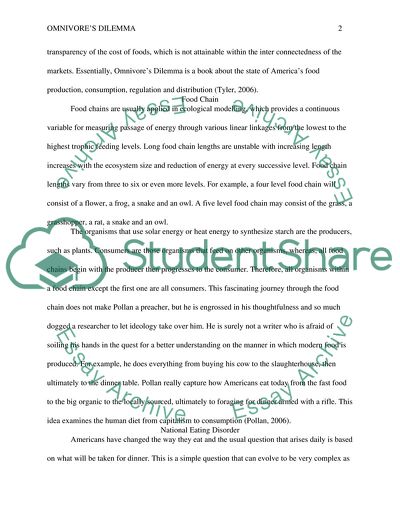Cite this document
(Omnivores Dilemma by Michael Pollan Book Report/Review, n.d.)
Omnivores Dilemma by Michael Pollan Book Report/Review. https://studentshare.org/family-consumer-science/1772016-omnivores-dilemma
Omnivores Dilemma by Michael Pollan Book Report/Review. https://studentshare.org/family-consumer-science/1772016-omnivores-dilemma
(Omnivores Dilemma by Michael Pollan Book Report/Review)
Omnivores Dilemma by Michael Pollan Book Report/Review. https://studentshare.org/family-consumer-science/1772016-omnivores-dilemma.
Omnivores Dilemma by Michael Pollan Book Report/Review. https://studentshare.org/family-consumer-science/1772016-omnivores-dilemma.
“Omnivores Dilemma by Michael Pollan Book Report/Review”. https://studentshare.org/family-consumer-science/1772016-omnivores-dilemma.


